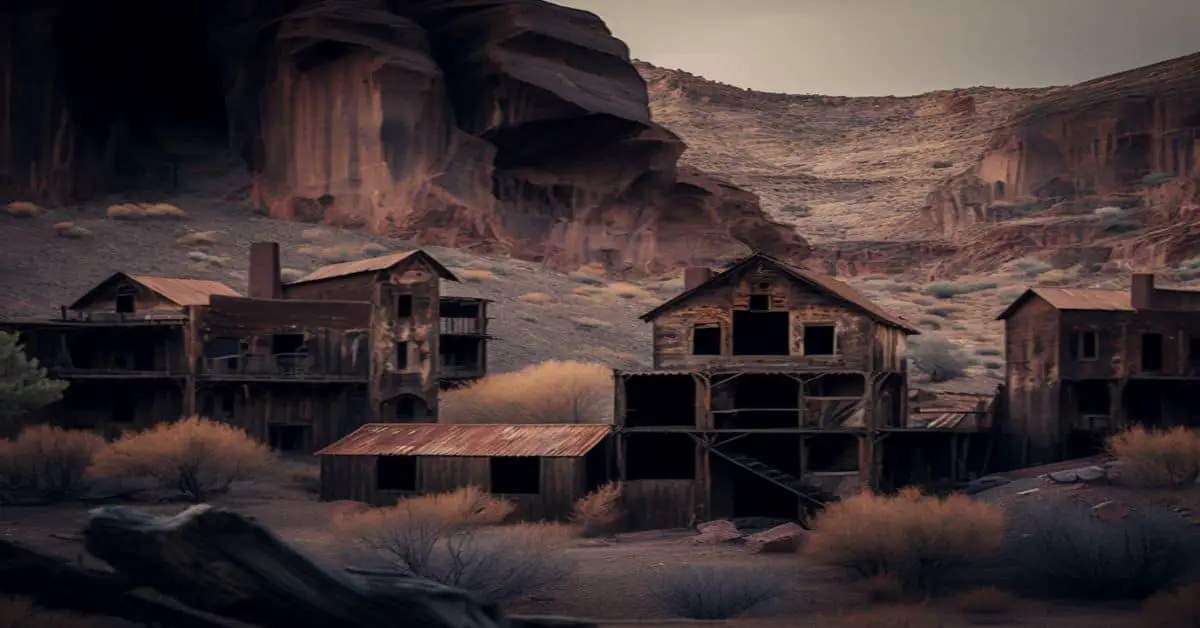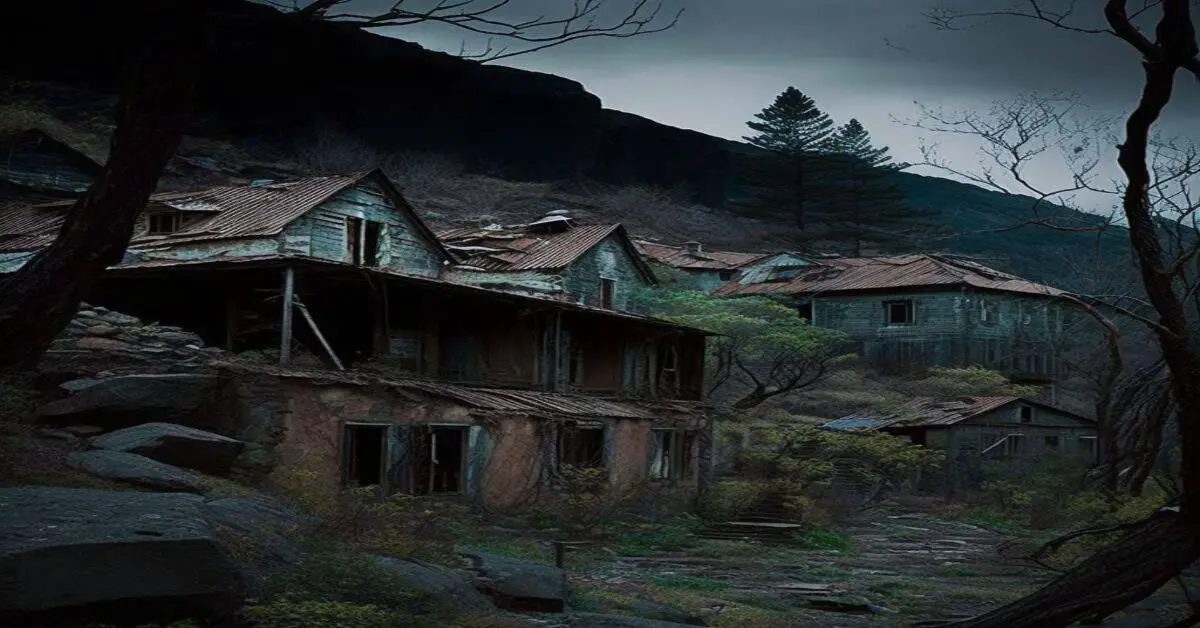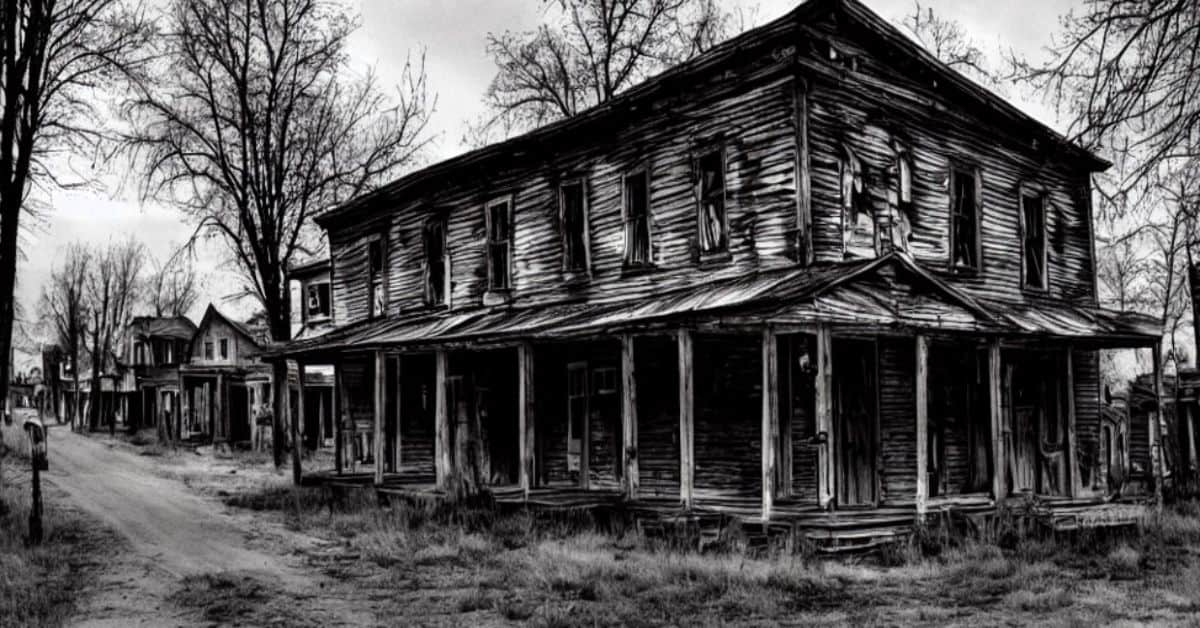Elkmont Tennessee Ghost Town: A Journey Through Time
Nestled in the heart of the Great Smoky Mountains, the Elkmont Tennessee Ghost Town is an intriguing destination for visitors who are captivated by history, mystery, and the allure of abandoned places. Once a thriving logging community and later a bustling resort town for wealthy vacationers, Elkmont is now a haunting reminder of a bygone era.
As you explore the remains of this once-vibrant town, you’ll be transported back in time, uncovering the fascinating story of a place that, despite its abandoned state, continues to captivate the imagination of those who visit.
In this comprehensive guide, we’ll delve into the history of Elkmont, provide information on how to get there, and offer insights into what you can expect to see when you visit this enchanting ghost town.
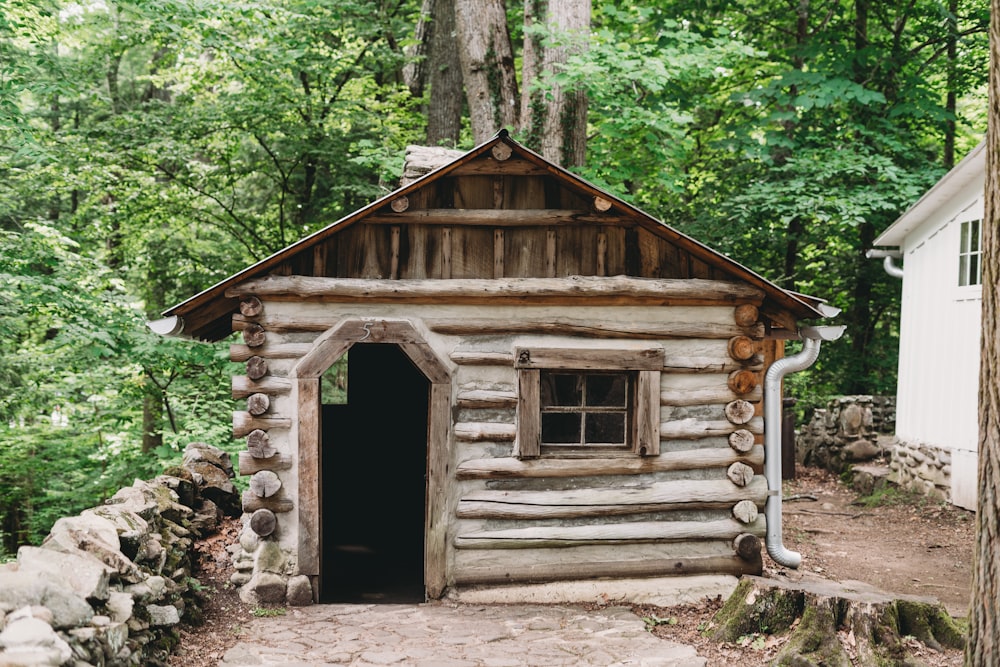
Image Source: Unsplash
The Origins of Elkmont
Early Settlers and the Logging Industry
The origins of Elkmont can be traced back to the mid-1800s when the first settlers began to make their homes in the Smoky Mountain region. These early inhabitants were primarily homesteaders, hunters, and small-scale loggers who formed a community along the banks of the Little River.
As the demand for lumber grew, logging companies soon moved into the area, tapping into the abundant resources of the Smoky Mountains.
One of the first settlers in Elkmont was a man named Robert Trentham, who built his cabin in 1845. His son, Levi Trentham, inherited the land and played a pivotal role in the town’s development. In the early 1900s, a businessman from Pennsylvania named W.B. Townsend purchased around 80,000 acres of land from Levi and established the Little River Lumber Company (LRLC) in 1900.
Logging operations in Elkmont began in 1901, with the town being established as a base for the logging company.
The Arrival of the Railroad and Tourism
The growth of the logging industry in Elkmont necessitated the construction of a railroad to transport timber between the town and the company’s sawmill in Tuckaleechee Cove. Townsend also founded the Little River Railroad Company, which completed the laying of tracks between Elkmont and Tuckaleechee in 1908.
The railroad facilitated the transportation of timber and opened up new opportunities for tourism in the area.
In 1909, the Elkmont Special was introduced, an observation car that was hitched to the logging train, allowing passengers to enjoy a scenic two-and-a-half-hour journey from Knoxville to Elkmont for just $1.95 each way.
This unique experience attracted wealthy visitors, who soon began to seek more permanent accommodations in the mountains.
The Birth of the Appalachian Club and the Wonderland Club
In 1910, the LRLC sold fifty acres of land to a group of affluent businessmen from Knoxville, who formed the Appalachian Club. Initially established as a retreat for hunting and fishing enthusiasts, the club soon expanded to include family excursions, leading to the construction of a clubhouse and vacation cottages.
In 1912, three brothers from Knoxville purchased 65 acres from the LRLC and opened the Wonderland Hotel. This luxurious hotel, situated just two miles from the Appalachian Club, catered to an exclusive clientele who enjoyed parties, dances, and outdoor activities in the stunning Smoky Mountain setting.
The rivalry between the two clubs was evident, with members often refusing to acknowledge one another even when traveling on the same train to their respective destinations.
The Creation of the Great Smoky Mountains National Park
By the mid-1920s, logging operations in Elkmont began to decline as the area’s timber resources were depleted. At the same time, the members of the Appalachian Club and the Wonderland Club were becoming increasingly aware of the need to protect and preserve the natural beauty of the Smoky Mountains.
This led to a movement to establish a national park in the region.
The creation of a national park in the Southeastern United States posed unique challenges, as it required the acquisition of private property, unlike the vast expanses of unoccupied land in the West. In 1927, the LRLC sold 76,507 acres for the park, but additional land was still needed.
The government invoked the right of eminent domain to obtain the necessary land, forcing thousands of people to leave their homes and properties. However, the members of the exclusive clubs could negotiate lifetime leases for their properties.
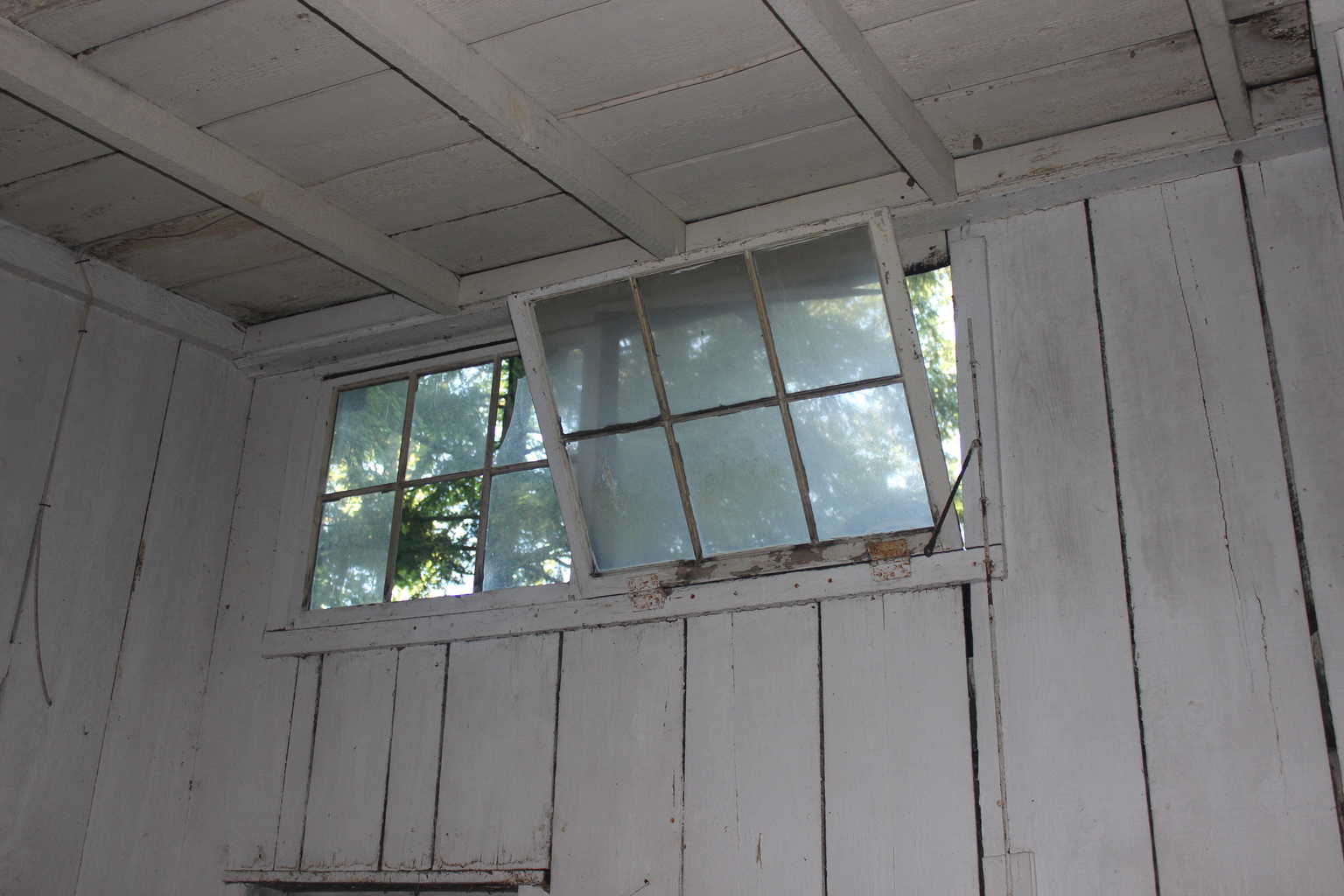
The Decline and Transformation of Elkmont
Despite their privileged status, the members of the Appalachian Club and the Wonderland Club were not immune to the passage of time and the changing fortunes of the area. As logging operations ceased and the national park was established, the once-thriving resort community began to decline.
In 1952, the lifetime leases were converted to 20-year leases to appease power companies who wanted assurances that the cabins would still be in use if they extended power lines to the area. These leases were renewed in 1972, but in 1992, the National Park Service refused to renew the leases again, marking the end of an era for the Elkmont community.
“Elkmont, Tennessee, is known for many things. Part of the Great Smoky Mountains National Park, it’s one of the largest and busiest campgrounds in the park, with access to Little River and Jakes Creek and the trailheads for numerous hiking trails. The stunning 80ft Laurel Falls is a short hike away. In May and June, the area is also known for one of the most exciting natural events in the Smokies: the synchronous fireflies.”
https://tnmuseum.org/Stories/posts/the-curious-case-of-elkmont-tennessee-the-ghost-town-of-the-smoky-mountains
Elkmont Today: A Haunting Reminder of the Past
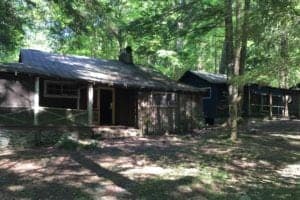
Today, Elkmont Tennessee Ghost Town stands as a haunting testament to the passage of time and the ever-changing fortunes of communities. While many of the original structures have been demolished or left to decay, a few have been preserved and restored by the National Park Service, offering a glimpse into the town’s storied past.
Visitors can walk through the abandoned town, exploring the remnants of the once-thriving resort community. Along the Jakes Creek and Little River Trails, you can find the remains of stone structures, chimneys, and foundations that mark the locations of the former cabins and lodges.
The Appalachian Club lodge has been fully restored and is now available for rent as an event space.
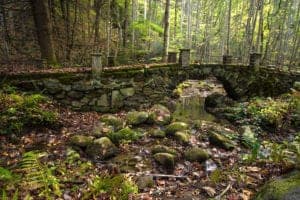
In addition to the restored structures, Elkmont is also home to the famous Elkmont Troll Bridge, a whimsical hidden gem that adds a touch of magic to the area. This charming stone footbridge, adorned with quirky troll figurines, is a must-see for anyone visiting the ghost town.
How to Visit Elkmont Tennessee Ghost Town
If you’re planning a trip to the Great Smoky Mountains and want to explore the eerie beauty of Elkmont, here’s how to get there:
- From Gatlinburg, take US-411 southwest towards the Sugarlands Visitor Center.
- Continue on towards Cades Cove for about 7 miles, then turn left onto Elkmont Road when you see the sign for Elkmont Campground.
- Follow Elkmont Road for about 4 miles until you reach the ranger station at Elkmont Campground.
- Take a left at the sign for Elkmont Nature Trail, where you’ll find a parking lot.
- The parking lot is within walking distance of the historic structures in Elkmont.
Conclusion
The Elkmont Tennessee Ghost Town offers a fascinating glimpse into the history of the Great Smoky Mountains and the rise and fall of a once-prosperous resort community.
Whether you’re a history buff, a nature lover, or intrigued by the mystery of abandoned places, visiting Elkmont is a unique and unforgettable experience. So, if you’re planning a trip to the Smokies, be sure to add this hauntingly beautiful destination to your itinerary.
